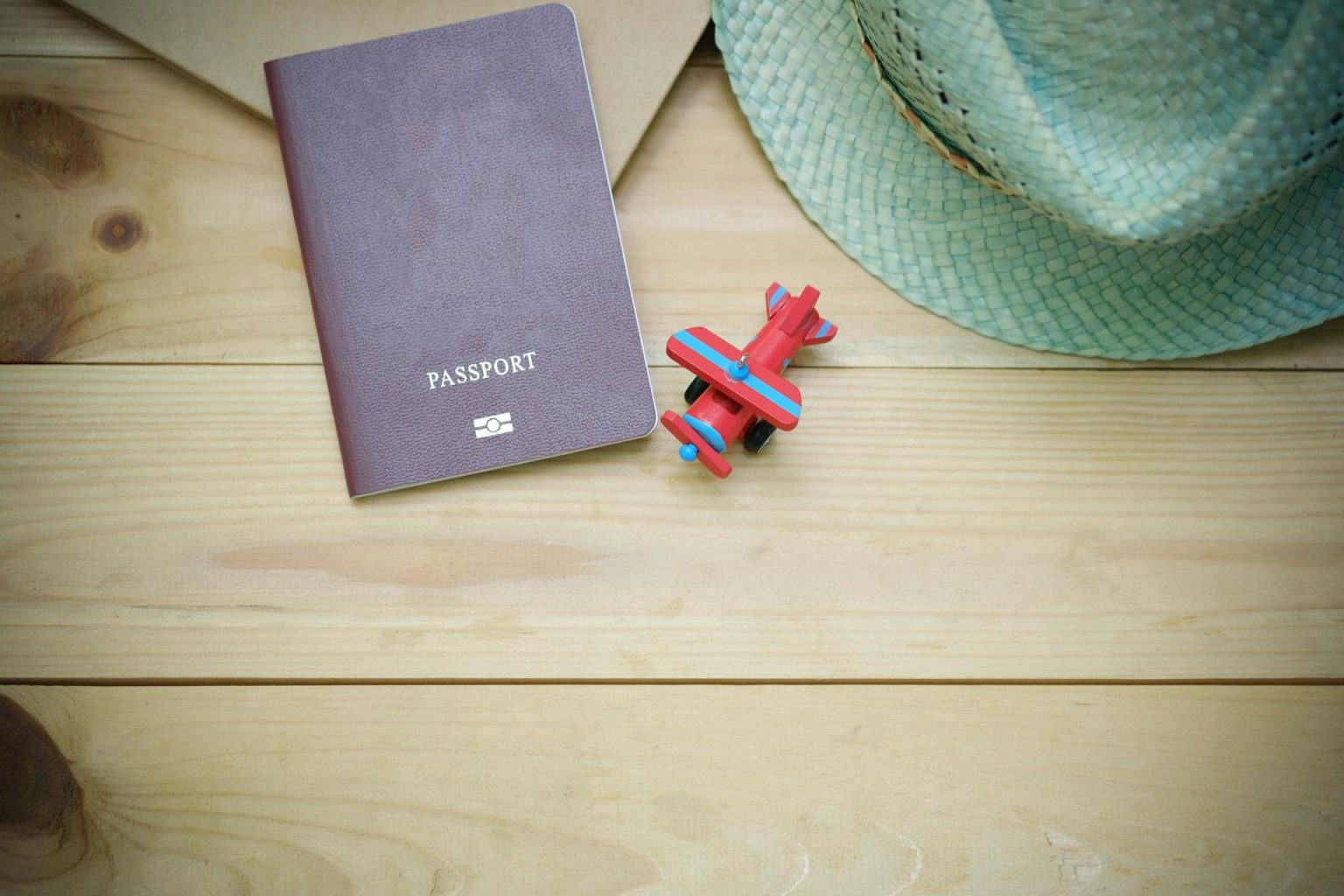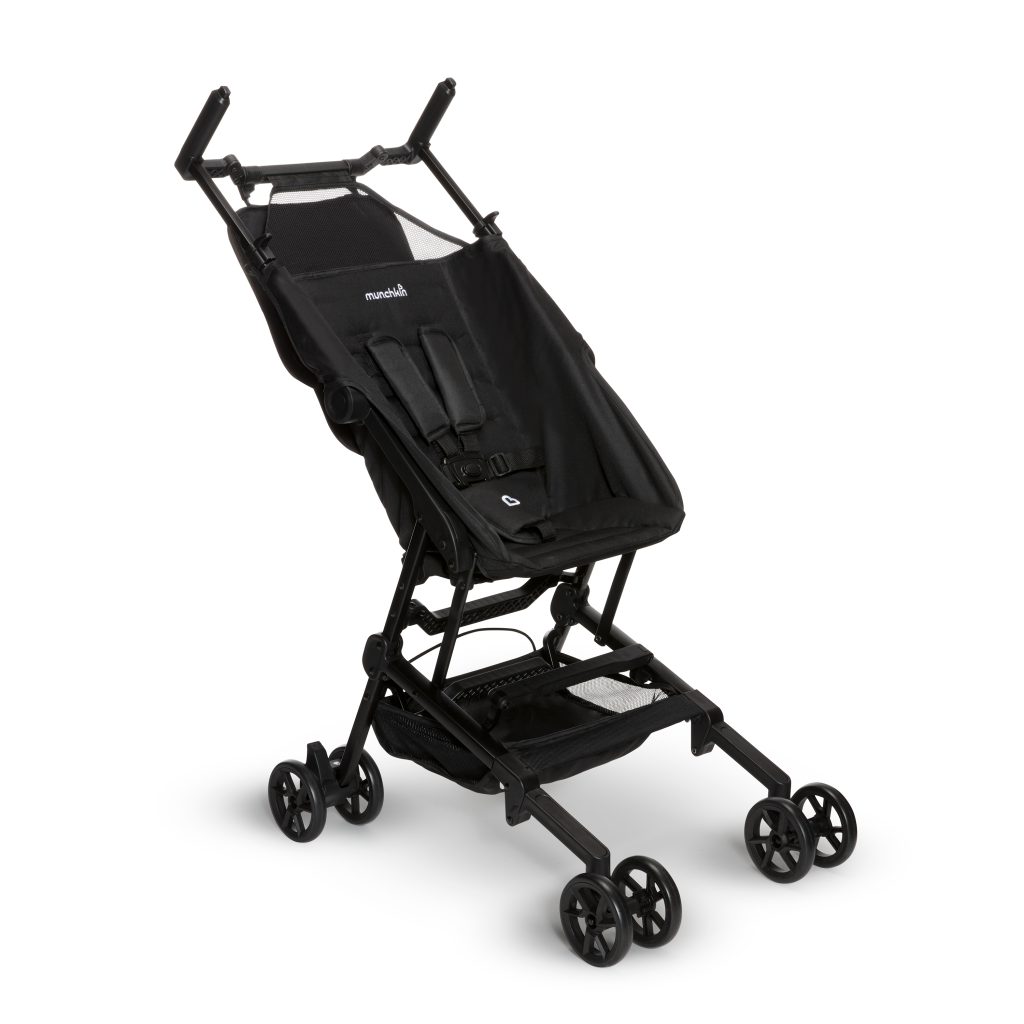 If you’re leaving the country with your baby, you'll need some documents on hand. All children who travel, including newborns and infants, need their own passport. Only a parent or legal guardian can apply on their child’s behalf. First, go online to fill out the Child General Passport Application form. The form, along with step-by-step instructions, can be found at passport.gc.ca. Along with your application, you must include:
If you’re leaving the country with your baby, you'll need some documents on hand. All children who travel, including newborns and infants, need their own passport. Only a parent or legal guardian can apply on their child’s behalf. First, go online to fill out the Child General Passport Application form. The form, along with step-by-step instructions, can be found at passport.gc.ca. Along with your application, you must include:
- Child’s proof of Canadian citizenship, such as a birth certificate
- Proof of parentage, such as a longform birth certificate
- Two identical passport photos
- The fee of $57 for a five-year passport
Depending on when you plan to travel, you might want to either mail in your forms (processing time is 20 business days, not including postal delivery times) or apply in person at a Passport Canada office (10 business days). Once it’s ready, your new epassport (with enhanced security features) and any original documents you submitted will be sent to you by traceable mail (unless you applied in person at a Passport Canada office and made pick-up arrangements when you applied).
Following the proper steps will ensure that your application process goes as smoothly as possible.
But it’s not always as easy as it seems. Having my infants photographed for their passports proved difficult. It took several tries over nearly two hours, two poopy diapers and a rejected application before I finally got it right. Why was it such a challenge? According to the Canadian government’s rules, photos must show the child’s head and shoulders but their hands and their parents’ hands can’t show. For newborn babies, the photo may be taken while the child is sitting in a car seat, as long as a white blanket is placed over the seat behind their head. There must be no shadows on the face or shoulders, around the ears or in the background. Go online for more specific photo guidelines to be sure you’ve covered all your bases.
Then, don’t forget, the back of the photo must include:
- The name and complete address of the photo studio
- The date the photo was taken using a stamp or in handwriting.
- A guarantor's signature, with a statement reading, “I certify this to be a true likeness of (applicant’s name)”
Parents must not sign their baby’s passport; the signature block should be left blank.
Canadians under 16 are considered children and, in addition to their passport, might also need further documentation, including a consent letter confirming that the child has permission to travel abroad, (especially when taking a trip with only one parent). Though it isn’t a legal requirement, it can make travelling easier. Talk to a lawyer about any legal issues that might apply to you. You may need your letter notarized.
Supporting identification, such as a birth certificate or citizenship card is also required, along with other legal documents, such as divorce papers, custody court orders or a death certificate (if one parent is deceased).
What other legal documents will your baby need?
A birth certificate is issued by the province or territory in which your baby was born. Apply as soon as possible after your baby is born. You will need a birth certificate to apply for other important personal documents. Visit your provincial or territorial website for details.
In general, there are two kinds of birth certificates:
- A short-form birth certificate ($25) includes basic information and can be used as identification.
- A long-form birth certificate ($35) is a certified copy of the birth registration.
It takes about 20 minutes to apply for a birth certificate online and your document should arrive in the mail within 15 business days.
A social insurance number enables you to start saving for your child’s education through such programs as the Canada Learning Bond and Registered Education Savings Plan. Your child will also need this in the future when they apply for jobs.
A health card is needed to access health-care services, including visiting your pediatrician. You can find information about how to obtain one through your provincial or territorial government website.
Keep all documents in a safe location for emergencies and to avoid theft.
Originally published in ParentsCanada magazine, April 2014.














